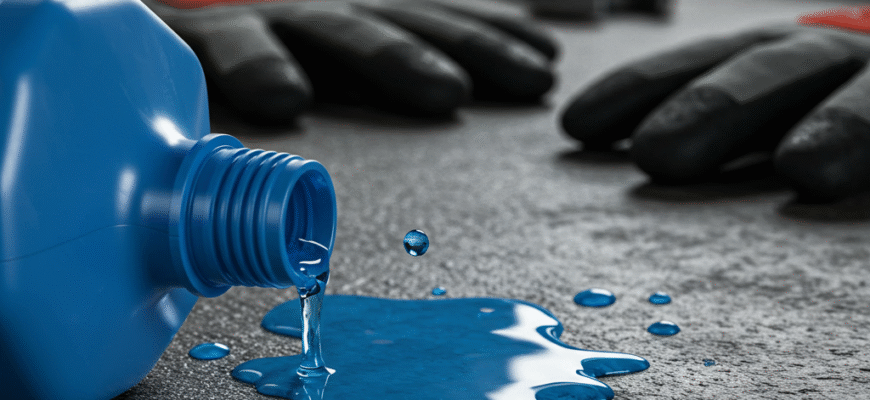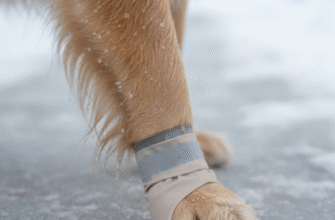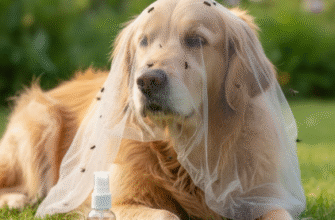Winter arrives, bringing crisp air, maybe a blanket of snow, and the familiar hum of heaters kicking in. It’s a time for cozying up indoors. But lurking in garages, driveways, and sometimes even streets is a brightly colored liquid that poses a significant, often overlooked, threat: antifreeze. While essential for keeping our car engines from freezing or overheating, this common automotive fluid harbors a deadly secret, particularly dangerous because of its surprisingly sweet appeal.
The chill in the air means many car owners are topping up or changing their antifreeze. Spills and leaks, unfortunately, are common occurrences during this process. A small puddle of green, pink, or yellow liquid might seem innocuous, but it contains ethylene glycol, a chemical that is extremely toxic if ingested, even in very small quantities. The real treachery lies in its taste. Unlike many poisons that are bitter and repellent, ethylene glycol has a distinctly sweet flavor, making it dangerously attractive to pets and, tragically, sometimes even curious children.
Understanding the Hidden Threat
Antifreeze, or engine coolant, works by lowering the freezing point and raising the boiling point of the water-based liquid circulating through a vehicle’s engine. This prevents the engine block from cracking in freezing temperatures and stops it from boiling over in the heat. The primary active ingredient responsible for these properties in most traditional antifreeze products is ethylene glycol.
While effective for cars, ethylene glycol is a potent poison. When ingested, the body’s metabolic processes convert it into highly toxic substances. These byproducts primarily attack the kidneys, leading to acute kidney failure. They also cause severe metabolic acidosis (a dangerous buildup of acid in the body) and can affect the nervous system and heart. The damage happens rapidly, and often by the time clear symptoms are visible, significant and sometimes irreversible harm has already occurred.
The Sweet Deception
Why would any creature willingly drink poison? The sweet taste of ethylene glycol overrides any instinctual aversion. Animals, particularly dogs and cats, are drawn to puddles of spilled antifreeze on garage floors or driveways. They might lap it up directly or lick it off their paws after walking through it. The bright, almost neon colors (manufacturers add dyes for leak detection) can also attract attention. A seemingly insignificant spill, maybe just a tablespoon or two, can be enough to cause fatal poisoning in a cat or small dog.
Ethylene glycol poisoning is a serious emergency. Even a very small amount can cause severe kidney damage within hours. If you suspect your pet or a child has ingested antifreeze, seek immediate veterinary or medical attention without delay. Time is absolutely critical for successful treatment.
Common Sources and Scenarios
Understanding where the danger comes from is the first step towards prevention. Antifreeze exposure typically happens through:
- Leaks: Cars can develop leaks in their cooling systems (radiators, hoses). These drips create small, tempting puddles wherever the car is parked.
- Spills During Maintenance: Flushing the radiator or topping up coolant levels can easily lead to spills if care isn’t taken.
- Improper Storage: Leaving open containers of antifreeze accessible in garages, sheds, or yards is a major risk. Containers should be tightly sealed and stored high up or in locked cabinets.
- Incorrect Disposal: Pouring used antifreeze down drains or onto the ground contaminates the environment and creates accessible pools of poison. It must be taken to designated collection facilities.
Recognizing the Signs (Seek Professional Help Immediately)
It’s crucial to remember that these are general signs and
not a substitute for professional diagnosis. If you suspect antifreeze poisoning, immediate veterinary (or medical, in the case of a child) intervention is paramount. Early signs can appear within 30 minutes to 12 hours after ingestion and might resemble alcohol intoxication:
- Staggering, difficulty walking, appearing “drunk”
- Nausea, drooling, vomiting
- Lethargy, weakness, depression
- Increased thirst and urination (early stages)
- Seizures or convulsions
Later stages (12-72 hours post-ingestion) often involve signs of developing kidney failure, such as decreased or absent urination, severe depression, abdominal pain, and coma. Unfortunately, by this stage, the prognosis is often poor.
Protecting Our Pets and Families: Prevention is Paramount
Given the speed and severity of antifreeze poisoning, prevention is vastly more effective than treatment. Taking proactive steps can significantly reduce the risk:
Vehicle Maintenance Vigilance
- Regular Checks: Routinely inspect your vehicle’s cooling system for leaks. Look for drips or puddles under your car, especially after it’s been parked for a while. Check hose connections and the radiator itself.
- Prompt Repairs: Address any detected leaks immediately. Don’t put off repairs to the cooling system.
- Careful Handling: When adding or changing antifreeze, do so carefully. Use a funnel to prevent spills. Place drip trays or absorbent materials underneath the work area.
Clean Up Spills Instantly: This cannot be stressed enough. If antifreeze spills, clean it up immediately and thoroughly. Don’t just wipe it; absorb it completely.
- Cover the spill with an absorbent material like cat litter, sand, or sawdust.
- Let it soak up the liquid completely.
- Sweep up the contaminated absorbent material.
- Place it in a sealed plastic bag or container.
- Clean the area underneath with soap and water to remove any residue.
- Dispose of the sealed bag according to local hazardous waste regulations. Never wash spills down storm drains.
Safe Storage and Disposal
- Secure Storage: Always store antifreeze in its original, clearly labeled container with the cap tightly secured. Keep it well out of reach of children and pets – ideally on a high shelf or in a locked cabinet. Never store it in beverage containers (like old soda bottles), which could lead to accidental ingestion.
- Responsible Disposal: Used antifreeze is hazardous waste. Contact your local municipality, hazardous waste disposal facility, or automotive service center to find out how to dispose of it properly. Do not pour it onto the ground, into sewers, or down drains.
Consider Safer Alternatives
Pet-Safer Options: Look for antifreeze products that contain propylene glycol instead of ethylene glycol. While still not completely non-toxic (large amounts can still cause problems), propylene glycol is significantly less poisonous than ethylene glycol. Making the switch can add an important layer of safety, though vigilance with storage and spills is still necessary.
Supervision and Awareness
- Pet Supervision: Keep a close eye on pets when they are outdoors, especially in areas where cars are parked or maintained, like driveways and garages. Don’t let them drink from puddles.
- Educate Others: Spread awareness among family, friends, and neighbors about the dangers of antifreeze poisoning and the importance of careful handling and cleanup.
A Persistent Winter Hazard
The sweet, deadly nature of traditional antifreeze makes it a persistent hazard, especially during colder months when cooling systems are top-of-mind. Its seemingly harmless appearance and attractive taste mask a potent poison capable of causing rapid and devastating internal damage. Vigilance is key – checking for leaks, cleaning spills meticulously, storing containers securely, and considering safer alternatives are all crucial steps in protecting curious pets and children from this hidden danger.
Remembering that a tiny lap from a puddle can have fatal consequences underscores the importance of treating antifreeze with the respect a hazardous chemical deserves. By taking simple precautions, we can help ensure that the winter season remains safe and cozy for everyone, including our four-legged family members.









